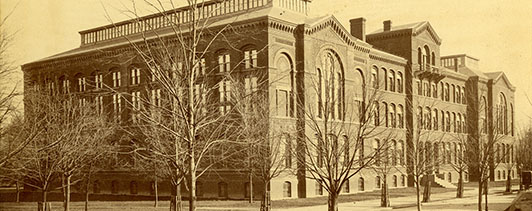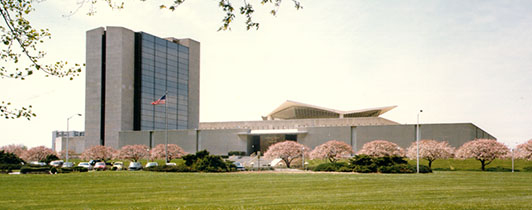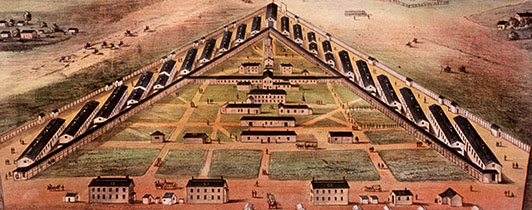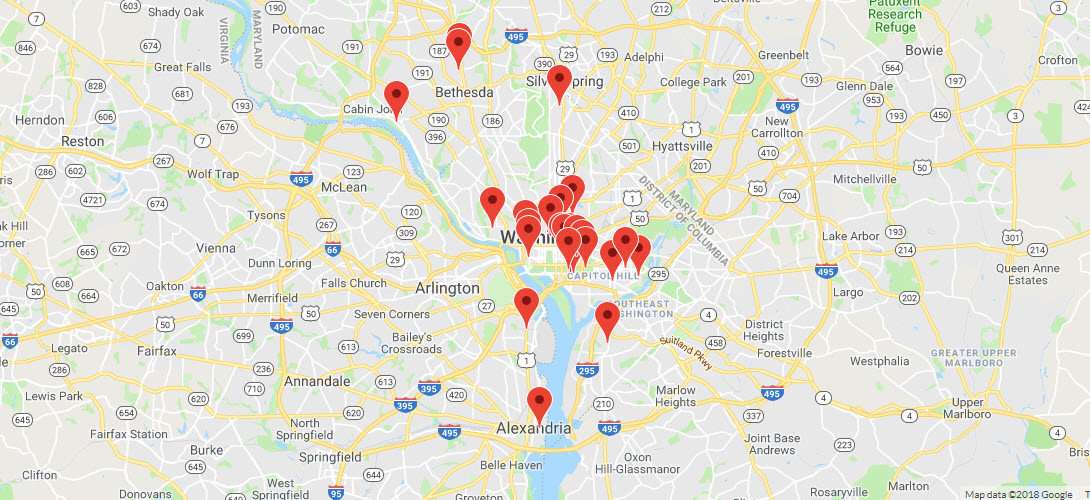Overview
With its academic medical centers, federal agencies and research institutions, and large hospitals, the Washington, DC area is a place rich in medical history. Many of its medical institutions originated in the 19th century, gradually evolving into prominent health-care and research facilities. It is also a place unparalleled in the United States and the world for its vast library resources and impressive museums.
There are currently three medical schools in the District of Columbia, associated with George Washington University, Georgetown University, and Howard University. All of them date from the 19th century. In addition, there were two veterinary schools: US College of Veterinary Surgeons and National Veterinary College.
Before the Civil War, hospital facilities were limited. Washington Infirmary served as the teaching and general hospital in the city; Washington Asylum, housing the indigent patients, eventually became the District of Columbia General Hospital; and the Government Hospital for the Insane of the Army and Navy, established in 1855, later changed its name to Saint Elizabeths Hospital.
During the Civil War, Washington turned into a hospital city. At the beginning, the military used federal facilities, churches, large houses and other buildings to care for wounded soldiers. Among such places were United States Capitol and Patent Office Building. As the war casualties mounted, the city with a population of 75,000 was forced to house as many as 50,000 patients. The government established 25 military hospitals in the city and neighboring counties. The former sites of two of these facilities, Lincoln General Hospital and Armory Square Hospital are featured on this tour. It is said that at the peak of the Civil War, the Washington, DC area included as many as 85 hospitals.
Shortly after the Civil War, the government established Columbia Hospital for Women to provide health care for women coming into the city to look for missing and wounded relatives. After serving the Washington, DC area for 136 years, the Columbia closed in 2002. Also after the Civil War, the Navy authorized the construction of a new hospital on Capitol Hill, which moved to a new facility near the Lincoln Memorial at the turn of the century. The Naval Hospital in downtown Washington was the forerunner of the Bethesda Naval Hospital, which in turn was merged with the Walter Reed Army Medical Center in 2011 to become the current Walter Reed National Military Medical Center (across the street from the NIH campus).
Another outcome of the Civil War was the Army Medical Museum and Library. First housed in Ford's Theatre, it ultimately occupied its own building on the National Mall, next to the Smithsonian. The Army Medical Museum evolved into the former Armed Forces Institute of Pathology (now the Joint Pathology Center) and the National Museum of Health and Medicine, and the Library was transferred to the Public Health Service, eventually becoming the National Library of Medicine.
In addition, the tour covers several museums: Smithsonian Institution, National Museum of Civil War Medicine, Clara Barton National Historical Site, Stabler-Leadbeater Apothecary Museum, and Stetten Museum of Medical Research at the NIH campus. Also included are two memorials for Samuel Hahnemann and Benjamin Rush, as well as the Arlington National Cemetery.
Historic Medical Sites in the Washington, DC Area is intended as a tour of important medical landmarks in the area. Although the tour is limited to 30 sites, the list is by no means exhaustive. Health-care organizations, other hospitals with long history in patient care, and houses of prominent physicians and biomedical researchers have been left out because of time considerations.
Enjoy the tour!
Inci A. Bowman, Ph.D.




